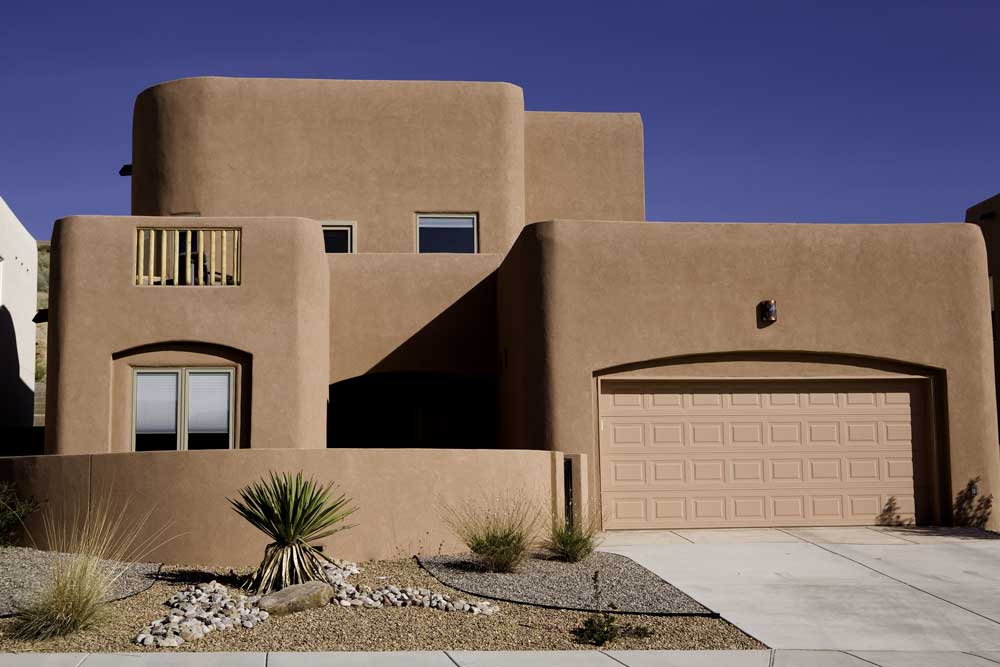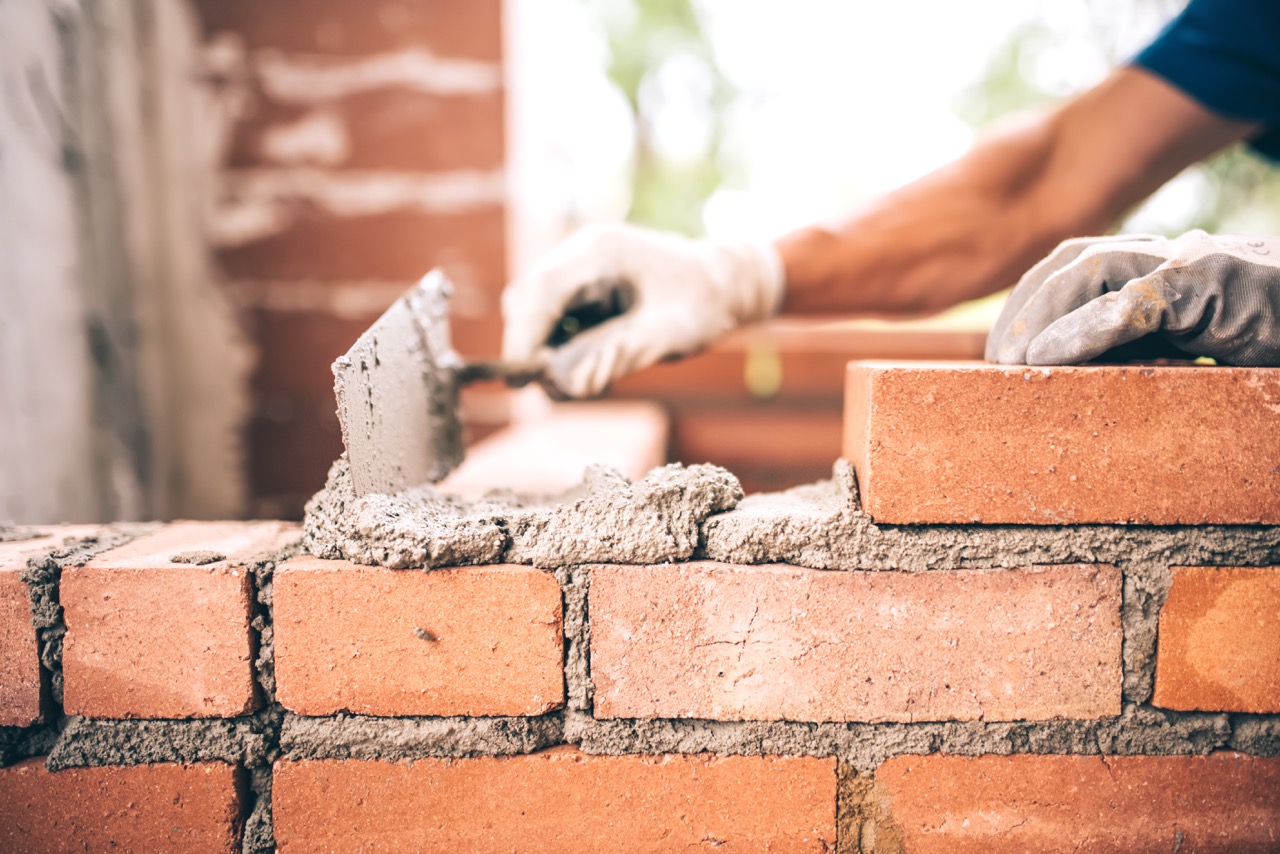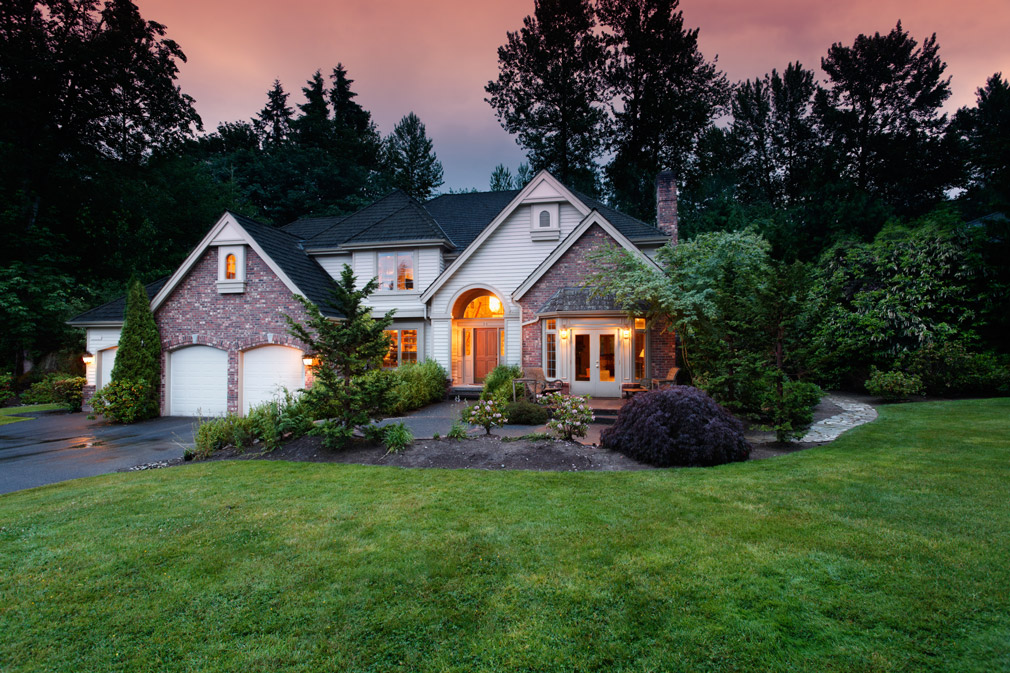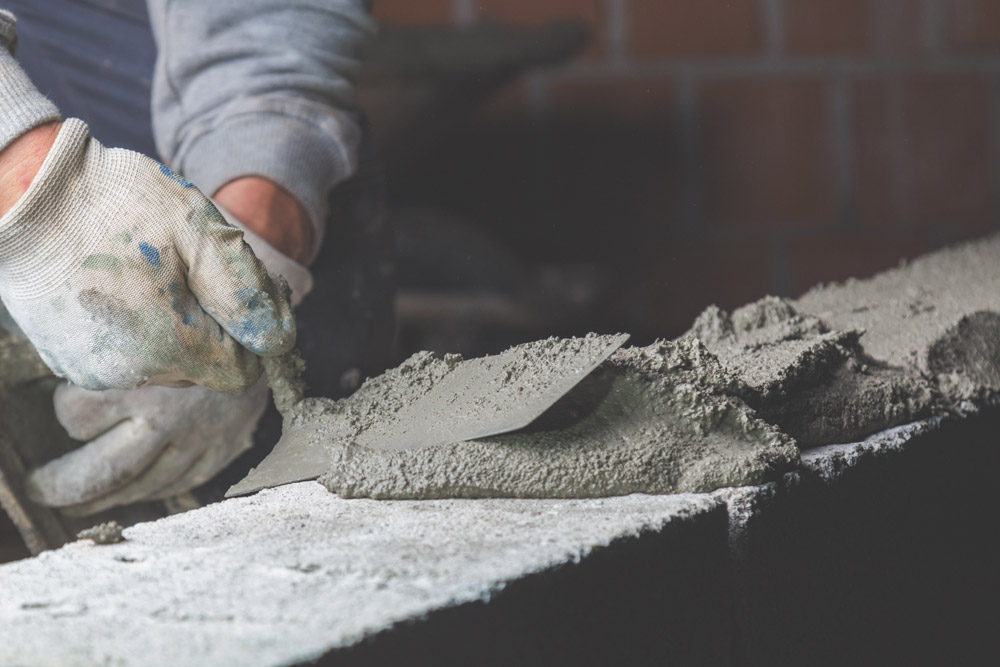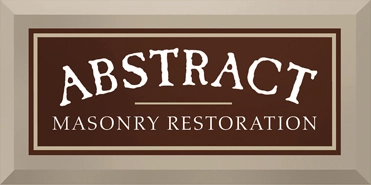Truly Timeless Construction
The adobe style is a construction technique that is instantly recognizable to anyone who has spent time in the Southwestern United States. Tanned, sun-dried walls; flat roofs; exposed wood framing, such as beams or eaves extending over the roof. All of these characteristics evoke the Mexican Pueblo- or Spanish mission-style of building and contribute to perhaps the most popular aesthetic in any North American desert locale.
Historically, the Spanish word “adobe” takes its root from the Arabic word for “brick,” which is, of course, how this style began: mud bricks, drying in the sun. This makes the adobe aesthetic — in practice, at least — the most historic masonry in the world.
History in the Making
While mankind has been building with dried mud for millennia, reinforcing it with straw much like rebar is used in concrete, the adobe style that we know today really began in the 11th Century, AD with the Anasazi Indians. This civilization, also known as Ancestral Pueblo people, built their permanent structures in the faces of cliffs out of limestone bricks, clay, and water. You can still see these homes today in places like Mesa Verde National Park.
The Anasazis would only live in these dwellings for about a century before migrating to current-day New Mexico and Arizona. Just because the people would eventually abandon their homes in the cliffs doesn’t mean they would abandon all they learned about construction.
On the contrary, they brought their knowledge with them and the seeds of building in the adobe style were planted in that region forevermore.
Adobe Grows in Influence
As the centuries wore on, the style naturally made its way into other cultures. Thanks to modern-day building restoration work, you can still visit many of the earliest adobe structures today. Places like:
- San Francisco De Asis Mission
- El Santuario de Chimayo
- Taos Pueblo
- San Esteban del Rey Mission
Each is representative of the growing influence of the Pueblo style in the region, the oldest examples dating just a few hundred years after the Anasazis migrated into the area. Of course, the aforementioned structures, and many others, were largely made by Franciscan monks (that is to say, Europeans), which means that the style was no longer a strictly “American” product.
Building Restoration Today
Today, modern restoration work on adobe structures is taking place all over the Western United States. Construction firms like Abstract Masonry have taken up the mantle of restoration in Salt Lake City and elsewhere to preserve these timeless buildings. This isn’t always easy. Typically, the process includes:
- Stripping the walls of the plaster to assess the damage.
- Shoring up crumbling areas with premade adobe bricks
- Replaster the wall with adobe-safe materials
If done correctly, the restored adobe structures will last for centuries more and will need maintenance touch-ups less often than other types of historic masonry.
New Techniques
While many restoration firms prefer to work with the same ancient materials that were used when the building was first constructed, sometimes a more drastic type of restoration is warranted. Thanks to adobe’s timeless quality, new techniques have been innovated over the centuries to ensure that it has all of the strength and durability of a modern building without sacrificing any of the aesthetic.
New adobe structures (sometimes referred to as Pueblo Revival) have been built using insulated concrete form (ICF) bricks. These bricks, which are resistant to both wind, water, and fire, are known to be adaptable and energy-efficient. In terms of building restoration in Salt Lake City and elsewhere, a close collaboration with the building’s owners will help determine what’s the best way to go about saving the building so that it can be enjoyed for years to come.


